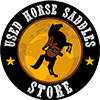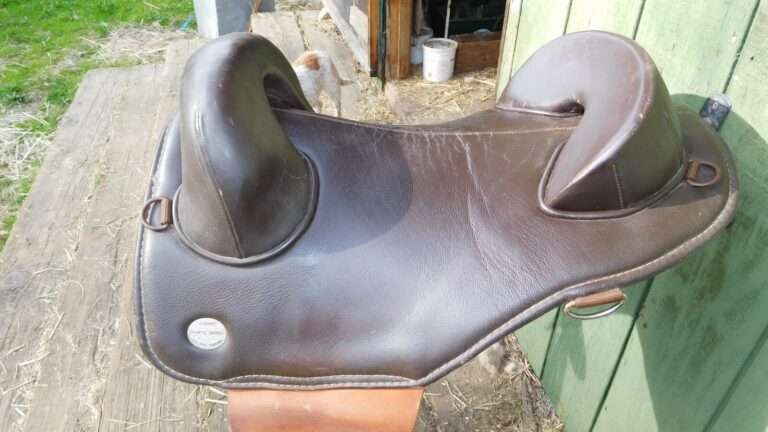Choosing the Right Western Saddle: A Comprehensive Guide
Choosing the perfect Western saddle is a significant decision for riders of all levels and disciplines. Western saddles come in various styles, each designed for specific activities, and finding the right one involves considering multiple factors. In this comprehensive guide, we’ll walk you through the essential steps to choose the Western saddle that fits both you and your horse perfectly.
Determine Your Riding Style:
The first step in selecting a Western saddle is to identify your primary riding style and intended use. Here are some common Western saddle styles:
- Trail Saddles: Designed for comfort during long rides, with features like cushioned seats and secure stirrups.
- Ranch Saddles: Sturdy and built for durability, ranch saddles are ideal for ranch work, cattle roping, and other demanding tasks.
- Barrel Racing Saddles: These saddles are built for speed and agility, with a deep seat and forward-set stirrups to help riders make quick turns around barrels.
- Roping Saddles: Sturdy and built to withstand the pressure of roping, these saddles have a reinforced horn and sturdy tree.
- Reining Saddles: Designed for precision and control in reining competitions, with a deep seat and close contact between rider and horse.
2. Focus on Western Saddle Fit:
Saddle fit is crucial for both rider and horse comfort. A saddle that doesn’t fit properly can lead to discomfort, pain, and even health issues for your horse. Here’s what to consider:
- The Tree: The saddle’s tree is its foundation. Ensure it matches the shape of your horse’s back. Trees come in various widths, including regular, wide, and semi-quarter horse bars.
- Seat Size: Select a seat size that fits your body comfortably. A seat that is too small can be restrictive, while one that is too large can affect your balance.

3. Material Matters:
Western saddles are crafted from various materials, each with its own advantages:
- Leather: Traditional and durable, leather saddles are known for their classic appearance and longevity. Regular cleaning and conditioning are necessary to maintain leather saddles.
- Synthetic: Lightweight and low-maintenance, synthetic saddles are excellent for riders who prefer less upkeep. They are also often more affordable.
4. Saddle Rigging:
Western saddles come with different rigging options, such as full, 7/8, or 3/4. The rigging affects how the saddle is attached to the cinch and can influence the rider’s position. Try different rigging options to see which one feels most comfortable and secure.
5. Extras and Accessories:
Consider additional features and accessories like saddle pads, cinches, breast collars, and saddlebags that enhance both your comfort and your horse’s. These can also affect your riding experience and saddle fit.
6. Seek Professional Advice:
If you’re unsure about saddle fit or have specific requirements, don’t hesitate to seek advice from a professional saddle fitter or an experienced rider. They can provide valuable insights and ensure that the saddle you choose is the best fit for you and your horse.
In conclusion, choosing the right Western saddle is a crucial decision for any rider. By identifying your riding style, considering saddle fit, materials, rigging, and seeking professional advice when needed, you can find the perfect Western saddle that enhances your riding experience and ensures the comfort and well-being of your horse. Remember that investing time in selecting the right saddle is an investment in your riding enjoyment and success.


